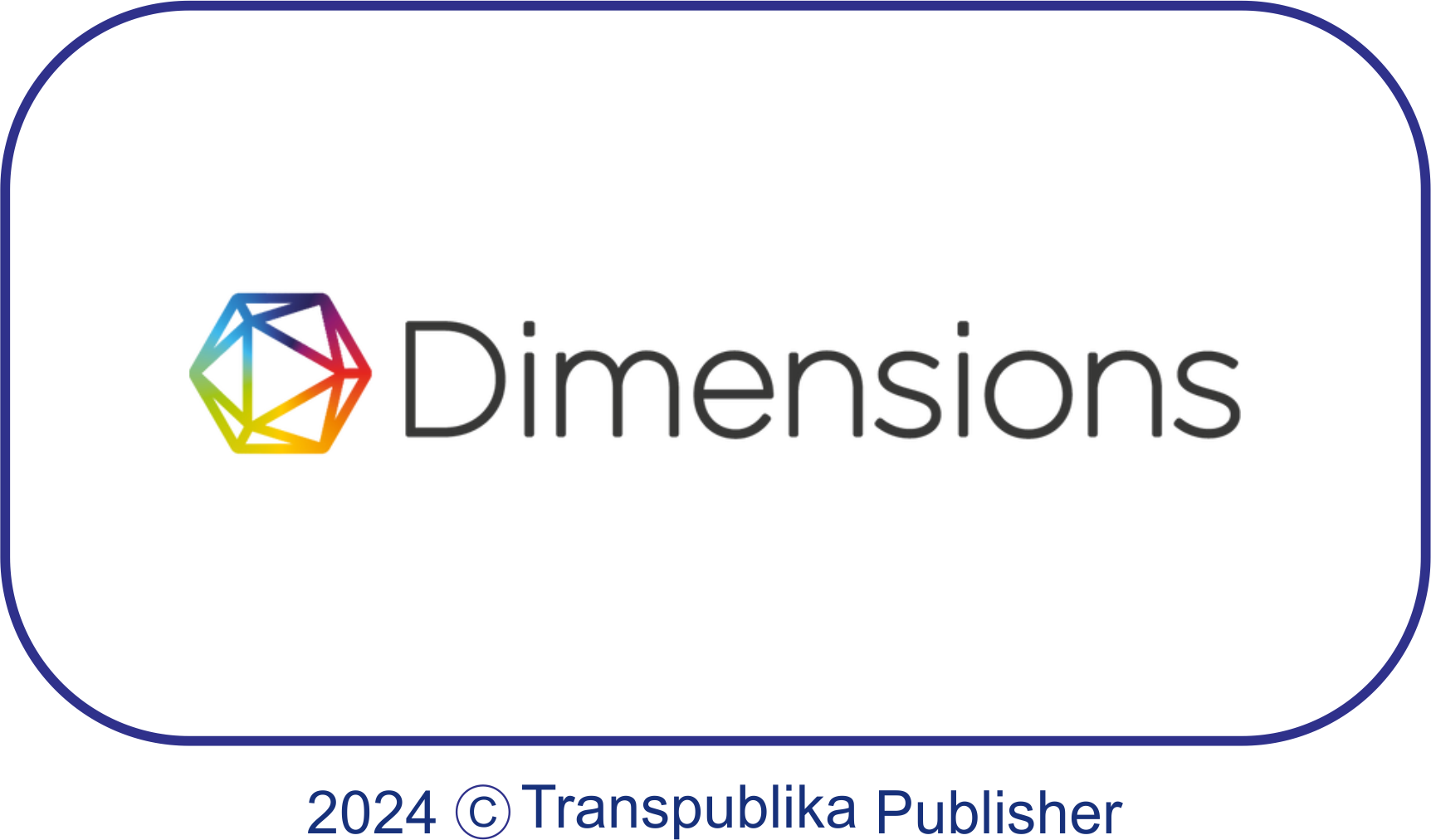The Role of Creativity and Innovation in Menus in Attracting Millennial Consumers to the Culinary Business
Abstract
This study aims to examine the influence of menu creativity and innovation on the purchasing interest of millennial consumers in the culinary business. The background of this study is based on changes in the consumption behaviour of millennials, who not only pursue taste but also pay attention to visual aspects, unique value, and emotional experiences when choosing food. This study employs a quantitative-descriptive approach using a survey method targeting 120 millennial respondents who actively consume creative and innovative culinary offerings. The analysis technique used is multiple linear regression with the assistance of SPSS. The results of the study indicate that menu creativity (β = 0.341; p < 0.001) and menu innovation (β = 0.468; p < 0.001) have a positive and significant effect on millennial consumers' purchasing interest, both partially and simultaneously (R² = 0.576; F = 47.53; p < 0.001). These findings support the Stimulus-Organism-Response (SOR) theory, which explains that creativity and innovation as stimuli can shape consumers' perceptions and emotions, ultimately leading to purchasing decisions. This study provides strategic implications for culinary business actors to integrate creative design and innovative approaches in product development to be more relevant to the preferences of the digital-native generation.
References
Asmara, I., Ansir, L., Hasmin, T., Ahmad, F., Aditya, H. P. K. P., & Aan, A. (2019). How digital technology driven millennial consumer behaviour in Indonesia. Journal of Distribution Science.
Carayannis, E. G., Samara, E. T., & Bakouros, Y. L. (2015). Innovation and entrepreneurship. Theory, Policy and Practice, 218(10.1007), 973–978.
Chauhan, Y., & Philosophers, C. (2023). Culinary creativity unleashed: A review of innovative techniques in food gastronomy. International Journal for Multidimensional Research Perspectives, 1(2), 37–46.
Chung, J.-C., Huang, Y.-F., Weng, M.-W., & Lin, J.-C. (2021). The sustainable innovation design in catering service. Sustainability, 14(1), 278.
Fajrul, M., & Saptyana, R. F. (2025). Strategi Peningkatan Daya Saing UMKM Kuliner Di Era Digital: Studi Kasus Pada Pelaku Usaha Di Kota Semarang. MAMEN: Jurnal Manajemen, 4(2), 143–157.
Greenacre, P., Gross, R., & Speirs, J. (2012). Innovation Theory: A review of the literature. Imperial College Centre for Energy Policy and Technology, London, 141–164.
Hair, J. F., Sarstedt, M., Hopkins, L., & Kuppelwieser, V. G. (2014). Partial least squares structural equation modeling (PLS-SEM): An emerging tool in business research. In European Business Review (Vol. 26, Issue 2). https://doi.org/10.1108/EBR-10-2013-0128
Hall, A., Towers, N., & Shaw, D. R. (2017). Understanding how millennial shoppers decide what to buy: Digitally connected unseen journeys. International Journal of Retail & Distribution Management, 45(5), 498–517.
Harrington, R. J., & Ottenbacher, M. C. (2013). Managing the culinary innovation process: The case of new product development. Journal of Culinary Science & Technology, 11(1), 4–18.
Inlando, G. A. H., & Hartati, S. (2025). Sustaining Culinary Legacies: Innovation and Sustainability in the Management of Legendary Culinary Businesses. Journal of Applied Business, Taxation and Economics Research, 4(5), 715–729.
Jacoby, J. (2002). Stimulus‐organism‐response reconsidered: an evolutionary step in modeling (consumer) behavior. Journal of Consumer Psychology, 12(1), 51–57.
Janjić, L., Vujović, S., Zdravković, I., & Ilić, D. (2023). The impact of food visual aesthetics on consumer perception of a healthy and tasty meal in the hospitality and tourism industry. Економика Пољопривреде, 70(3), 689–710.
Kaiser, M., Goldson, S., Buklijas, T., Gluckman, P., Allen, K., Bardsley, A., & Lam, M. E. (2021). Towards post-pandemic sustainable and ethical food systems. Food Ethics, 6(1), 4.
Lubis, T. A., Nizori, A., Firmansyah, F., Dewi, E., & Ningsih, M. (2025). Gastronomic Tourism for Sustainable Growth in Jambi. JOURNAL OF HUMANITIES, SOCIAL SCIENCES AND BUSINESS, 4(1), 239–249. https://doi.org/10.55047/jhssb.v4i1.1547
Ramirez, A. (2025). Crafting Culinary Identities: The Artistry and Creativity of TechnologyDesign and Implementation in Fine Dining-An Actor-Network Theory Perspective. University of Leicester.
Rasyid, M. Z. F., & Awwal, M. A. F. (2024). The Effect of The Characteristics of Product Innovation on Intention to Adopt Application-Based Motorcycle Taxi Service (Go-Jek) The Moderating role of Consumer Demographic Characteristic in Yogyakarta. International Journal of Business, Law, and Education, 5(1), 177–194.
Shıpman, Z. D. (2020). Factors affecting food choices of millennials: how they decide what to eat? Journal of Tourismology, 6(1), 49–62.
Sugiyono. (2017). Metode Penelitian Penelitian Kuantitatif, Kualitatif dan R&D. Alfabeta.
Syahputra, C., Lenggogeni, S., Verinita, V., & Wahyudi, H. (2022). Exploration of foodstagramming content preferences in Millineal and Z generations in West Sumatra. International Journal of Economics, Business and Accounting Research (IJEBAR), 6(1), 507–522.
Wachyuni, S. S., Priyambodo, T. K., & Widiyastuti, D. (2022). Digital behaviour in gastronomy tourism: the consumption pattern of millennial tourists. Asian Journal of Advanced Research and Reports, 16(4), 27–40.
Copyright (c) 2025 Oleh Tjhing Man Lie, Bawa Mulyono Hadi, Mahmudi Mahmudi

This work is licensed under a Creative Commons Attribution 4.0 International License.










.png)




.png)
.png)











.jpg)
.png)


